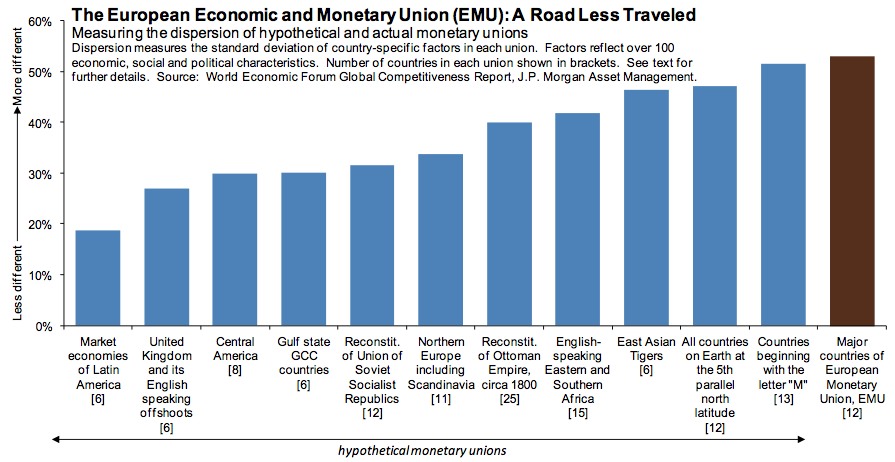Beer even better than chocolate?
Q: Isn’t Friday, after the morning rush, a great time to publish a story about benefits of beer?
A: Yes, the Herald did much better than Medical Daily or Cell Metabolism on that front.
Q: Did the researchers study beer effects in humans, or was it another mouse study?
A: It was a mouse study, but no beer was harmed during the research. The mice were fed nicotinamide riboside directly.
Q: What’s this nicotinawhatsit beer vitamin?
A: It’s related to the real vitamin niacin (B3), and the body can turn it into the same thing, called NADH or NAD+
Q: And?
A: In mice, at least, it’s good for cholesterol and also has effects on some molecules thought to be related to aging.
Q: Wasn’t that supposed to be red wine, not beer?
A: Yes, resveratrol in red wine was also supposed to affect the same molecules. There has been some controversy about the research, though.
Q: How much beer would you need to drink to get enough nicotinawhatsit?
A: The research paper doesn’t mention beer at all, nor does the video interview linked at Medical Daily. The researcher just say the compound is found in “milk and some other foods”.
Q: So where does the beer come from?
A: Well, it makes a good story. And brewer’s yeast, like all organisms, does produce some of the compound, so it could be in beer. There’s also a patent for using mutant yeast to make it. And there’s no evidence that it isn’t found in beer.
